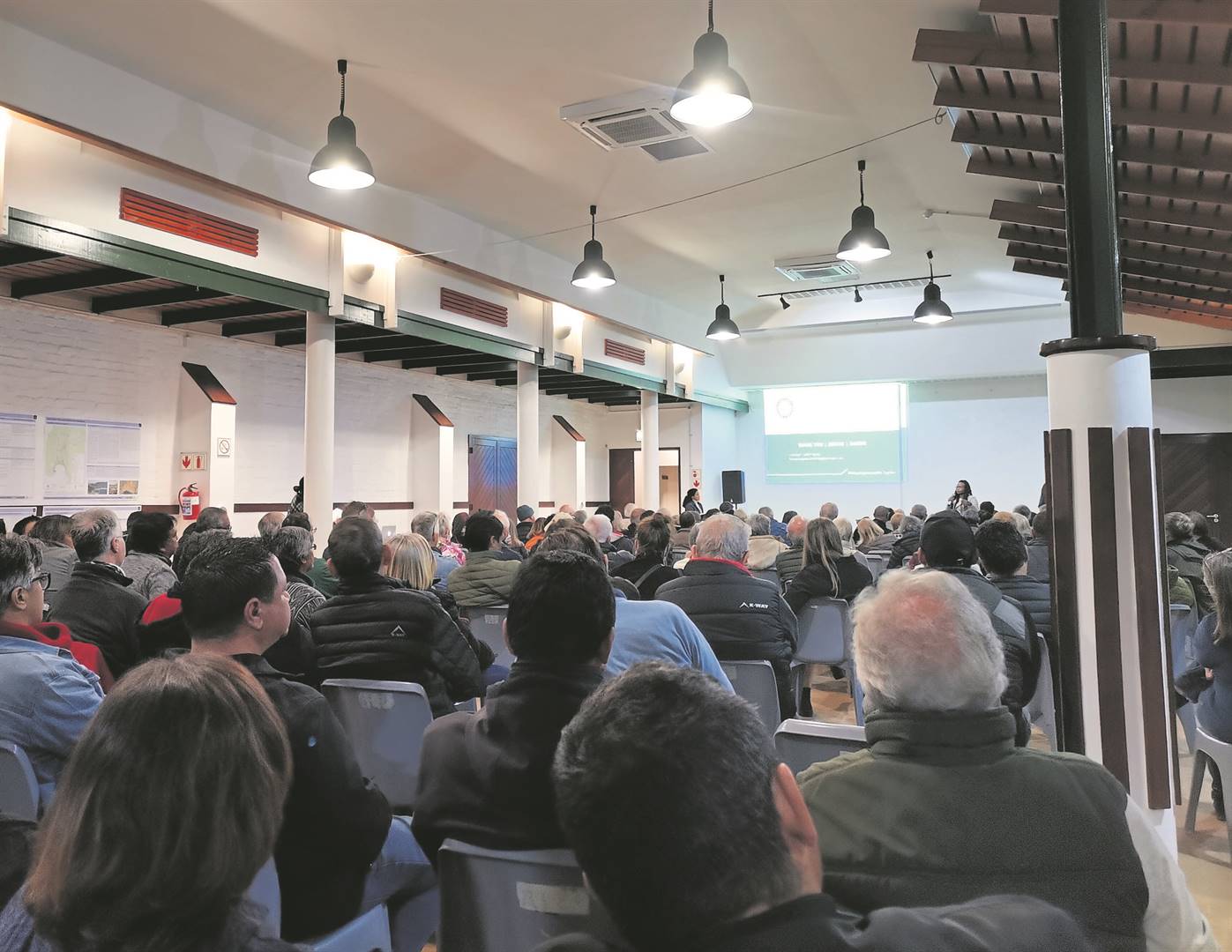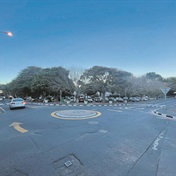
While the Wynberg’s Residents’ and Ratepayers’ Association’s (WRRA) plea to residents to attend a public participation process (PPP) meeting held last week was heard, the association is concerned that their appeal to the City of Cape Town – for developers to comply with certain aesthetics and spatial requirements when it comes to urban densification – may fall on deaf ears.
Alpen Centre in Constantia Main Road was packed on Wednesday 3 August as residents of the wards falling under Sub-council 20 gathered for a presentation on the latest updates to the draft District Spatial Development (SDF) and Environmental Management Frameworks (EMF).
As explained by Xanthea Limberg, chair of the sub-council, the draft District SDF and EMF technical reports, implementation plans and technical annexures that are currently open to public comment were informed by a public participation process that took place in the middle of 2019.
“Those submissions were consolidated and informed the changes that you will see before you. It is not presenting anything new, it is presenting updates and to give you a further opportunity to give input as we jointly set out the spatial vision for our city,’ said Limberg.
According to the City’s website, the purpose of the District SDF and EMF is “to guide decision making for public and private investment, to set an agenda and to coordinate interventions/implementation”, in line with other City spatial policies, for example, the Cape Town Densification Policy approved by Council in 2012.
This policy describes densification as “the increased use of space, both horizontally and vertically, within existing areas/properties and new developments, accompanied by an increased number of units and/or population threshold”.
For Wynberg, densification has thus far translated into the construction of high-rise apartments on streets such as Wellington Avenue, Berwick Road and Mountain View Road.
In a communication to members, WRRA wrote that they were concerned that Wynberg (excluding the Chelsea area) would be developed into a mass of high-rise apartments.
The association alerted residents to major changes that were being put in place for Wynberg.
“This includes more densification of our suburb, especially the triangular wedge between Bower, Alphen Hill and Constantia roads; and the rectangle between Piers, Wellington Avenue, Constantia and Fleming.”
These areas are zoned GR4, which means buildings of up to 25 metres are allowed (five- to six-storeys).
The rest of the Wynberg Hill area is zoned GR2, which allows buildings of up to 15 m (three- to four-storeys).
During the question-and-answer section of the PPP, Wynberg resident Jeffrey Heath shared his distress with the City’s plans for Wynberg, stating that plans always seem good on paper, but that the problem lies in implementation.
Heath lives in Lindley Road, which falls within the triangular wedge between Bower, Alphen Hill and Constantia roads. He said that he had objected to a high-rise development that was put up in his street but with no luck.
“The developer appealed the first rejection and he won on appeal and he got the right to build Alphen Glen which is near Victoria Hospital.”
He said the basic services of the City were failing.
“They are 100 years old. Cast iron water pipes. We have had three water pipe bursts on recent record and those pipes cannot take the densification which is being brought in.”
Phillippa Duncan, who introduced herself as a Wynberg resident and a WRRA member, said they understood that to a certain extent development had to happen. But, she said, they would hold the City and the developers accountable.
“If they are going to build on a property line, we expect the building inspector to actually do their job and to make them take it down and move it back.
“We want gardens in the developments, we want green. We don’t want to see a roof garden because the only person that actually benefits is the person who can afford the R5 million flat on top of a development that is now on someone’s border.
“We understand that it has to happen. But we are going to make sure that it happens so that the existing residents do not suffer.”
Responding to the residents’ concerns on infrastructure and densification, Kier Hennessy, district planner for the Southern District, said the City was faced with the challenge of scarce resources in terms of development and supporting infrastructure.
“But the alternative is just to keep building on the edge of the city and in no time, in 20, 30, 40 years time, that infrastructure also needs more and more maintenance and before you know it you are dealing not with a 1 000 square kilometers of urban area, you are dealing with 10 000 square kilometers of urban area and a 150 000 kilometers of pipe.”
Hennessy said the logic was that compactness lead to greater efficiencies in terms of service provision.
“Yes, infrastructure is 100 years old but it needs to be replaced.”
He said while densification was a painful exercise for everybody, the result was generally good, adding that when you densify, you have more money in the kitty to enhance public spaces.
“You tend to find that with enhanced street public spaces parks, then development wants to attach itself to that and leverage off it.”
Acknowledging that nobody wants a six-storey flat next to their house, Hennessy said that the logic of densification should be applied equally across the City.
“If you are within an identified development corridor, for example, where there is very good public transport, then there is a logic there for supporting densification as opposed to being far away from that,” he said.
With the comment period ending on 30 August, Hennessy encouraged residents to go and have a look at the District SDF and EMF published on the City’s website and submit their comments.
“It is a question of drilling down to what really is of import to you,” he said.




 Publications
Publications
 Partners
Partners



























